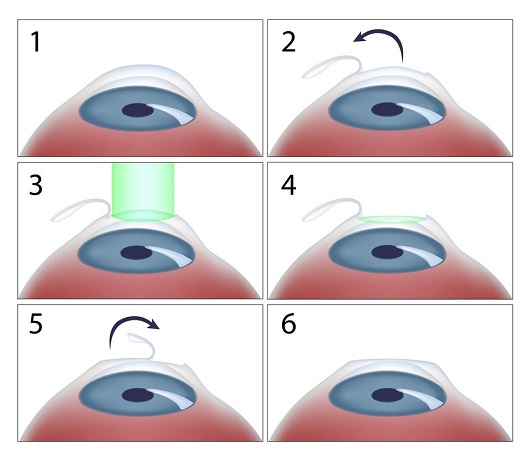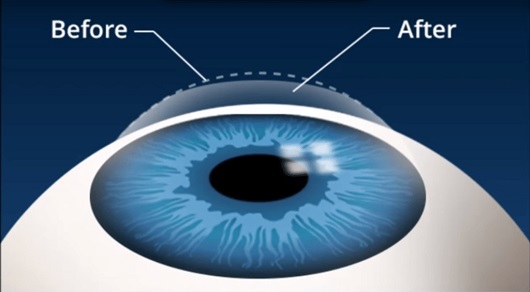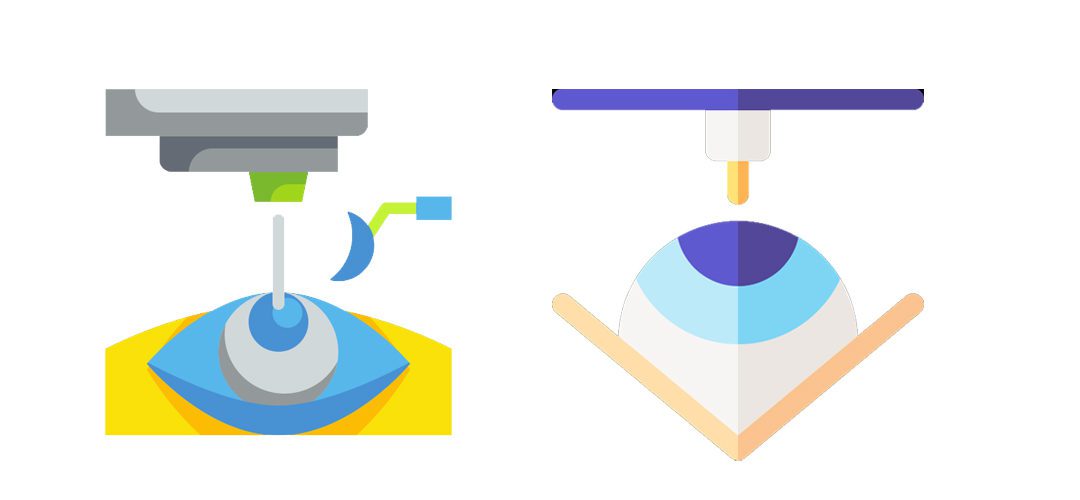LASIK (acronym for Laser-Assisted In-Situ Keratomileusis) is a type of refractive surgery intended to correct various kinds of vision problems such as nearsightedness, farsightedness and astigmatism. It involves the creation of a thin flap on the cornea which is then folded back so that a suitable amount of corneal tissue can be removed using a laser.
WHO IS IT FOR?
Individuals in good health with healthy eyes.
Patients who have had a stable prescription for 12 months.
Patients with up to -11.00 diopters of nearsightedness, up to +5.00 of farsightedness and up to 5.00 of astigmatism.
Persons looking to dispense with the inconvenience and continual cost involved in glasses and contact lens use.
Athletes or other kinds of active professionals who require the freedom offered by refractive surgery.
SUCCESS
A recent case-study of almost 100 peer-reviewed studies on LASIK found that 90.8% of some 28,000 patients reported 20/20 vision or better after the treatment. 99.5% of patients reported 20/40 vision or better without corrective lenses.
RECOVERY TIME
Patients can be released as little as 10 to 15 minutes after surgery although they will need to be transported home by a friend or taxi.
It is possible to return to work in a little as 24 hours or within a few days depending on healing.
Total recovery and full vision stabilization can take between 3 and 6 months.
POTENTIAL SIDE EFFECTS
Irregular astigmatism
Dry eyes
Under or over correction
Eye infections
Vision loss or double vision
ALTERNATIVE TREATMENTS
Photorefractive Keratectomy
LASEK

BEFORE TREATMENT
Refrain from the use of contact lens for as much as two weeks before the surgery.
DURING TREATMENT
Many patients experience stress at just the thought of eye-surgery. However, LASIK is now a routine procedure, and surgeons are experienced at both carrying it out and reassuring patients during the process.
The reshaping laser does not cause pain, but you may feel a pressure on the eye during the process.
AFTER TREATMENT
You may experience mild discomfort in the form of itching or burning in the area of the eye directly after the procedure.
You will not be legally allowed to drive yourself until the doctor checks your eyesight the following day and confirms that it meets the minimum requirements to drive.
While you can return to work the following day, a period of rest or lowered activity that last several days is advisable for aiding a fast recovery


